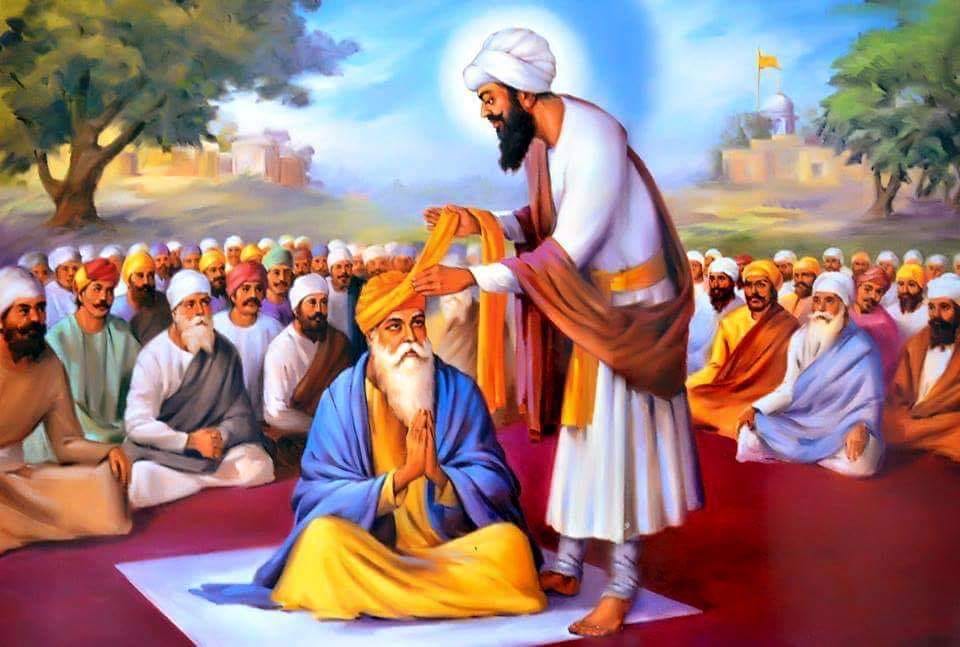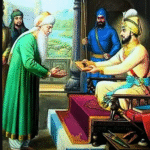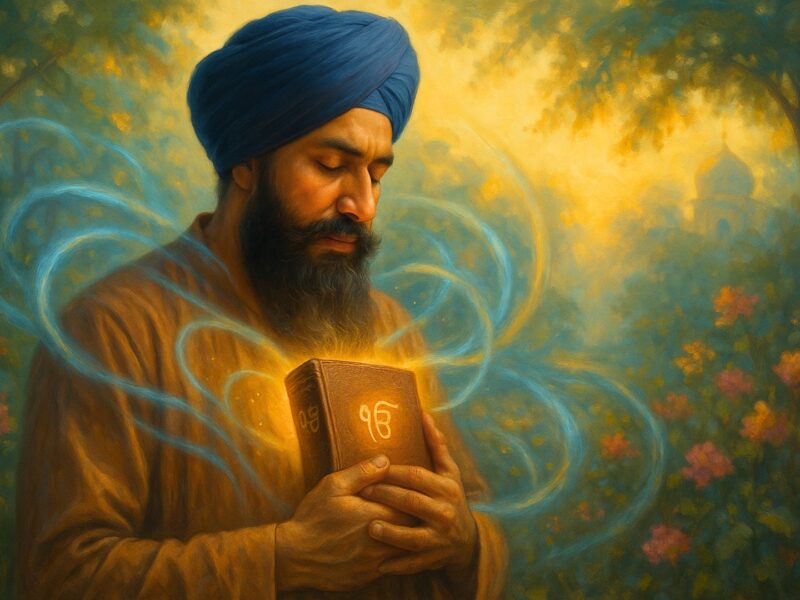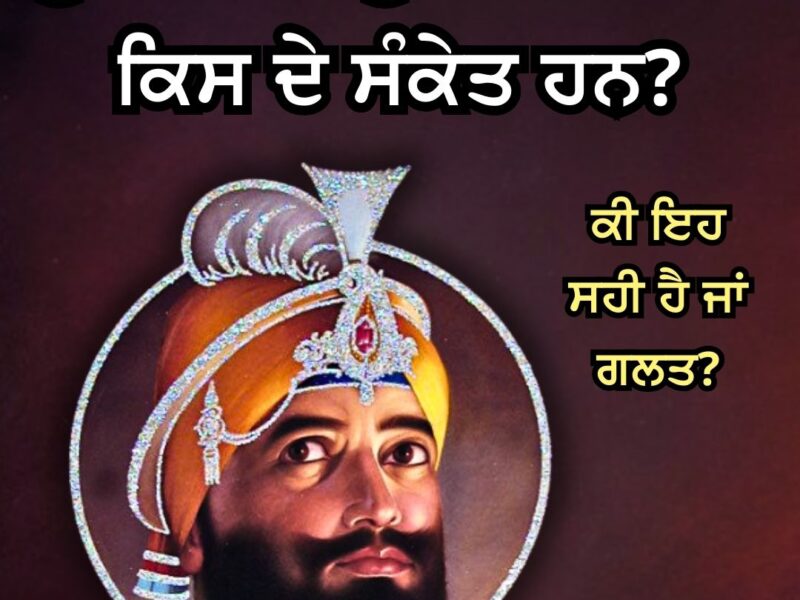The saropa (or siropa) – that saffron cloth draped over shoulders in Sikh ceremonies – carries deeper meaning than most realize. Its very name reveals its essence: ‘sar de ure’ (head to toe) in Punjabi, or ‘complete clothing’ in Persian. This wasn’t always about ceremony – it symbolized complete surrender.
A Legacy of Honor
While Muslim rulers first introduced the practice in India, Guru Gobind Singh Ji transformed it into a Sikh tradition – bestowing the saffron robe only upon the most courageous and devoted Sikhs. The color itself speaks volumes: saffron representing the spirit of sacrifice and purity.

We find its spiritual roots earlier with Guru Amar Das Ji, who received annual saropas during his 12 years of devoted service to Guru Angad Dev Ji. That twelfth robe wasn’t just cloth – it crowned him as successor, proving true saropa comes through humility and selfless service.
When Ritual Loses Meaning
Today, what was once sacred has become transactional. Walk into any gurdwara, and you’ll see saropas given routinely in exchange for donations. The cloth remains, but the spiritual weight has faded – reduced to a ceremonial prop rather than an earned honor.
The Real Saropa
Gurbani reminds us: the truest robe of honor isn’t fabric, but virtues woven into one’s being:
- Truth (sach) as the foundation
- Contentment (santokh) as the thread
- Compassion (daya) as the embroidery
As the Guru Granth Sahib teaches, “Jo man jaanai so saropaa” – the real honor is what the heart recognizes. That saffron cloth means nothing if it doesn’t reflect the inner light of one’s soul.
Sat Shri Akal.








